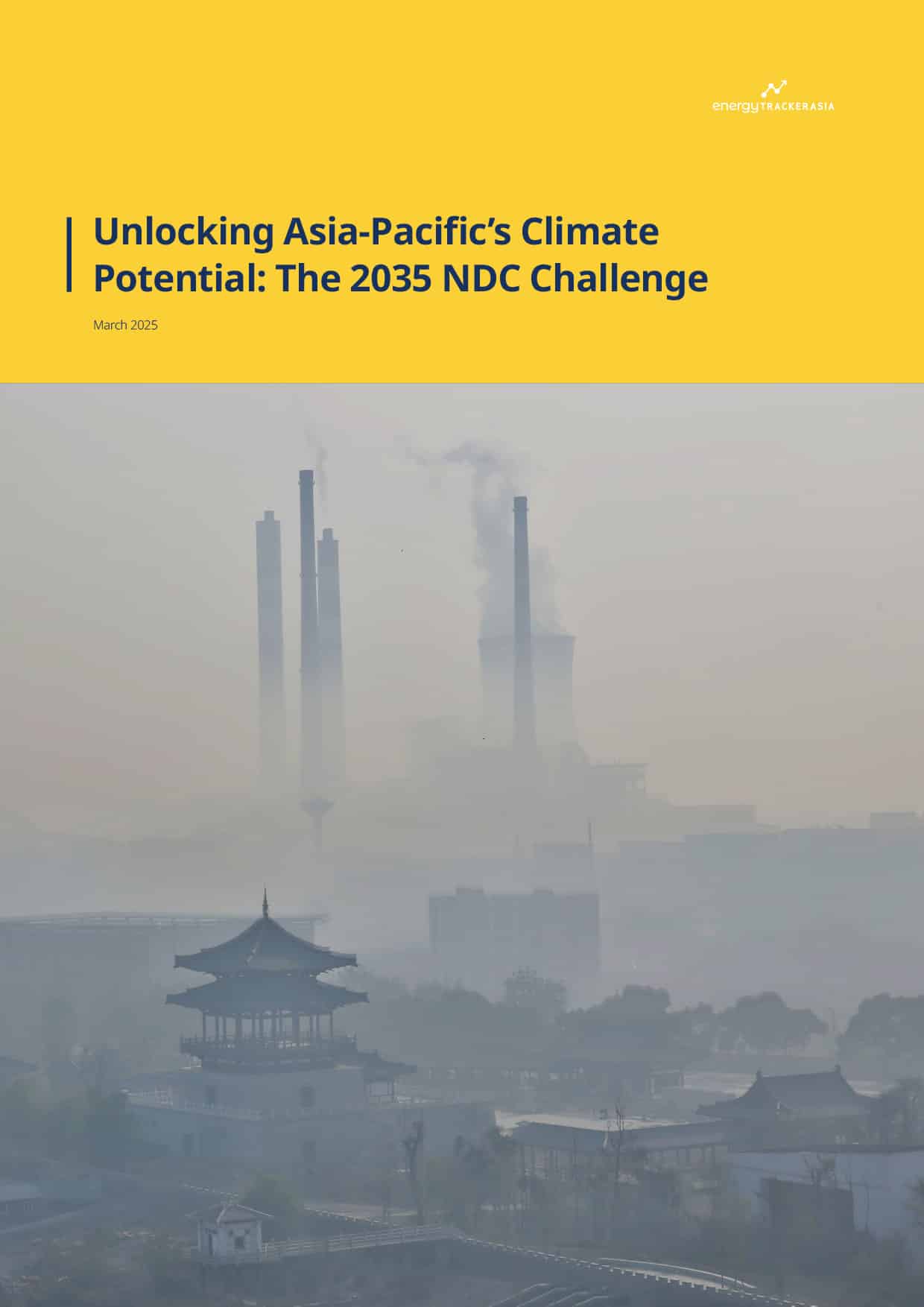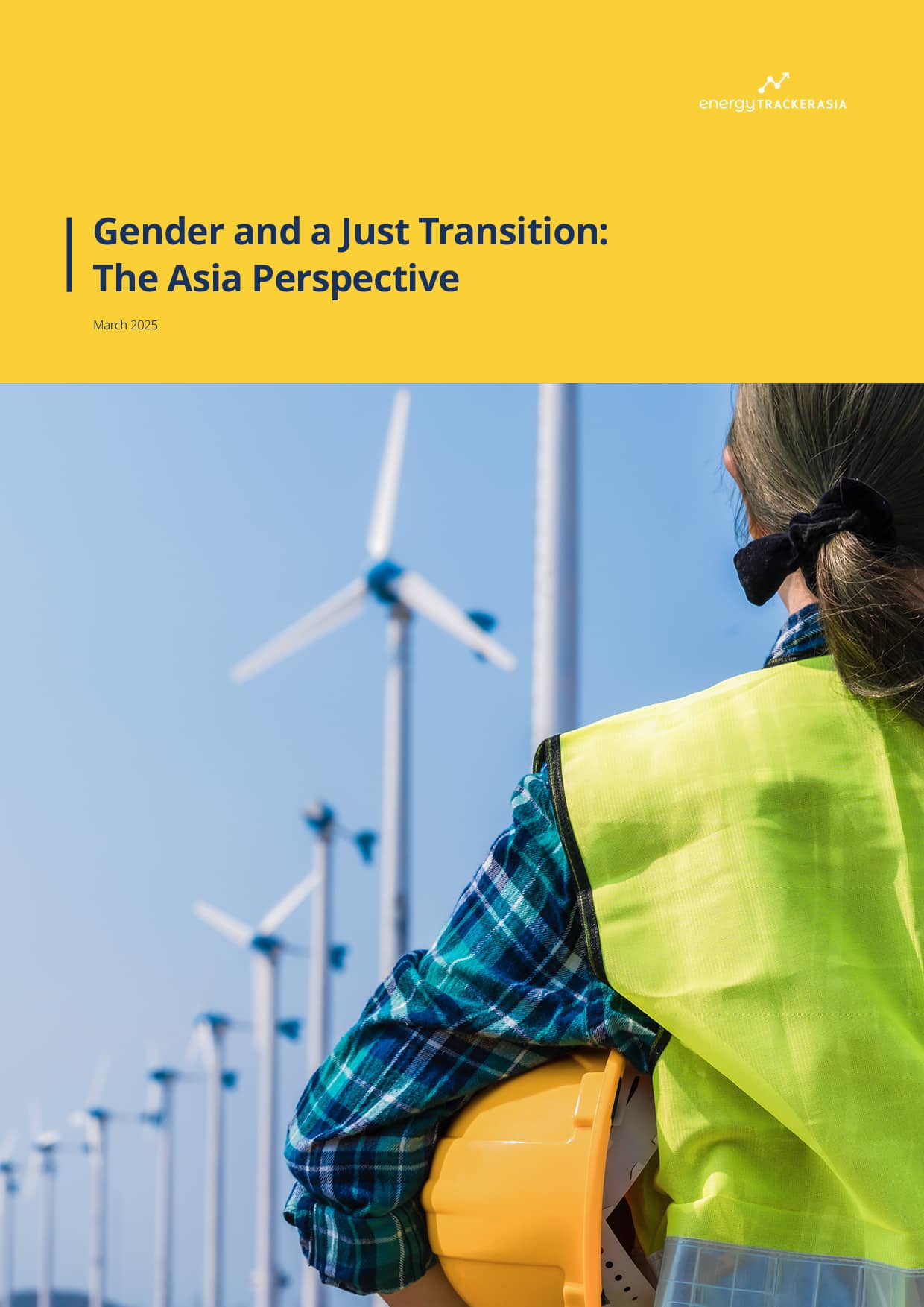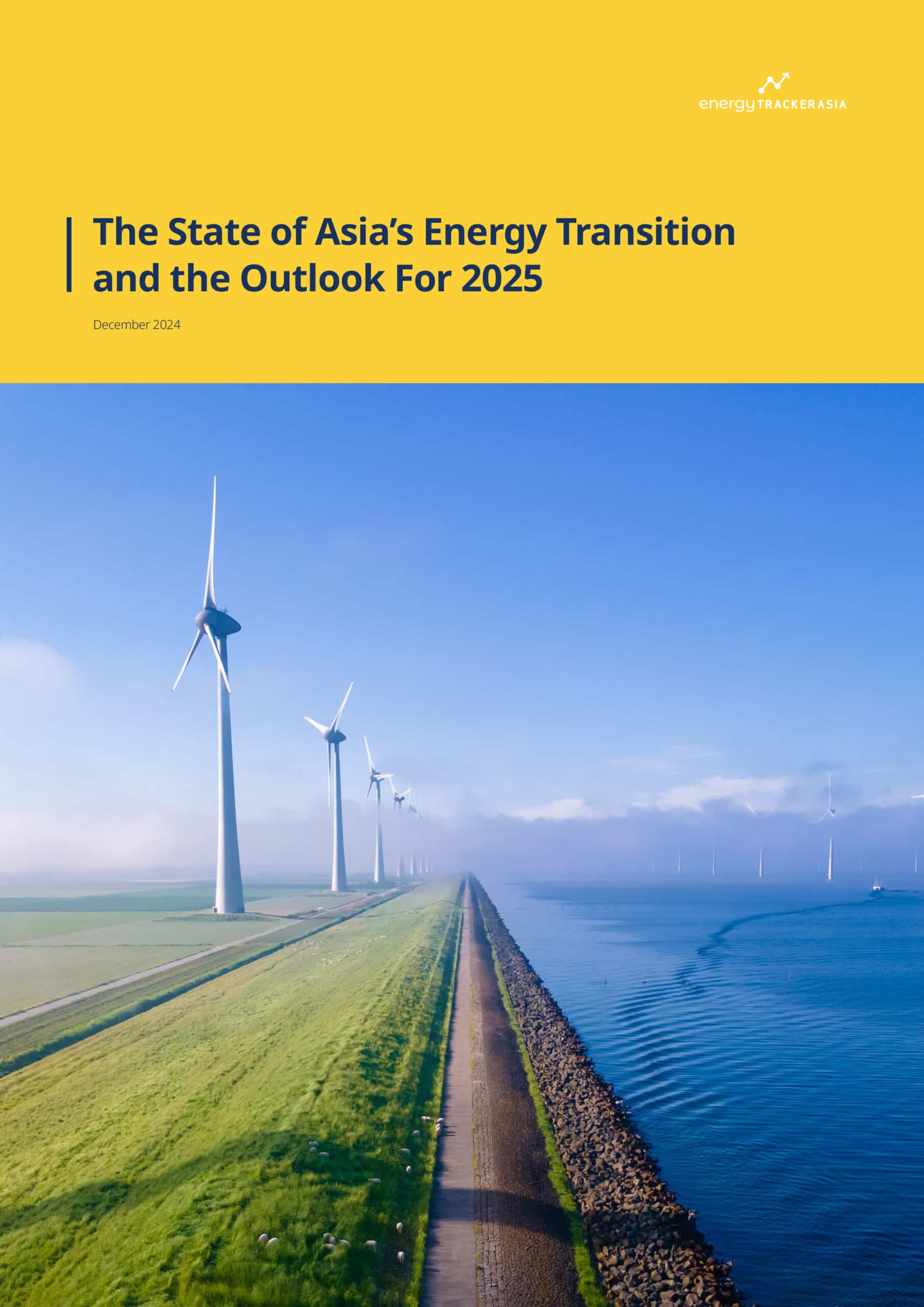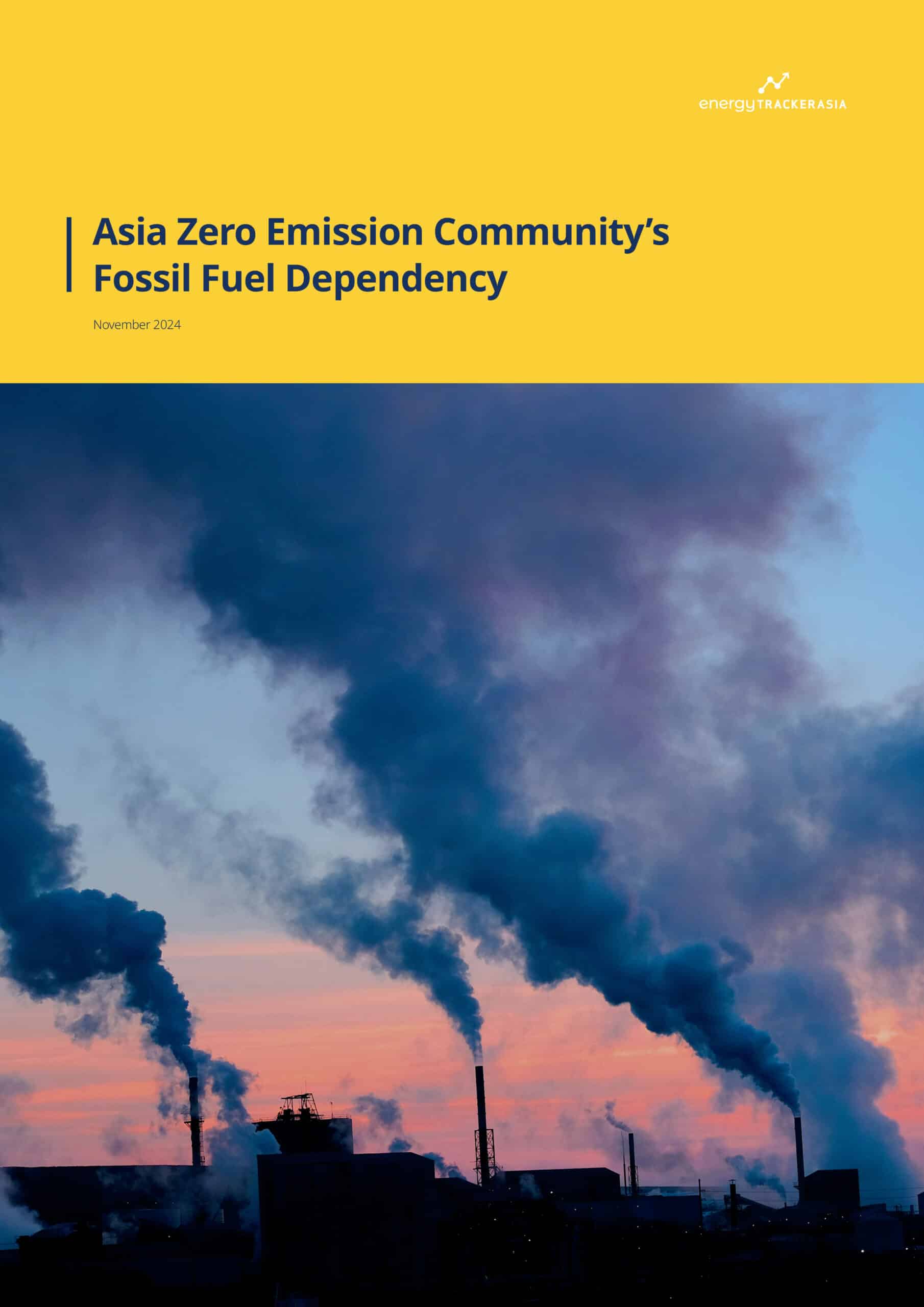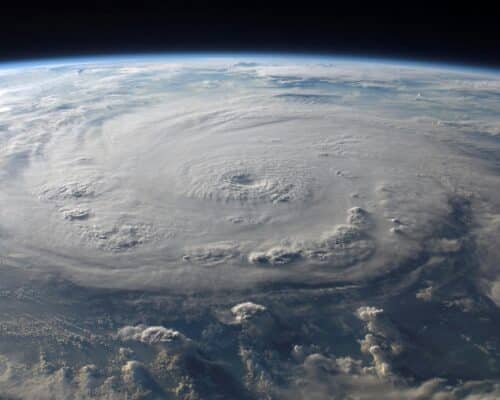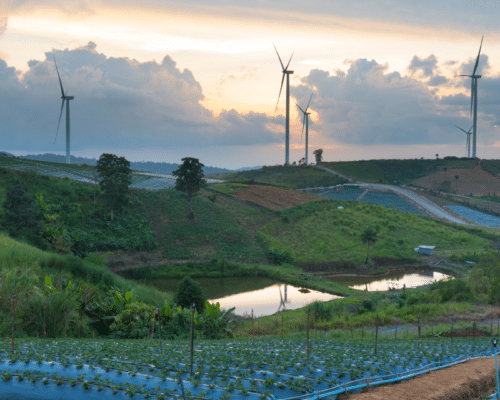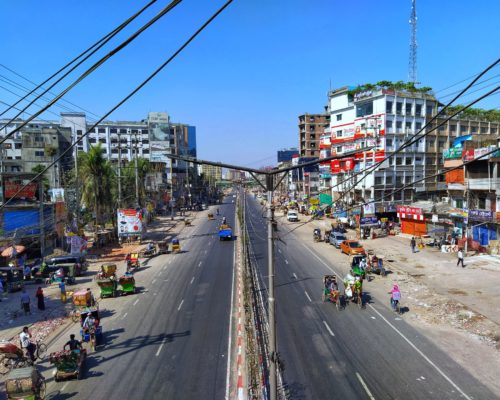Japan’s Seventh Strategic Energy Plan Is Both Unambitious and a Fantasy
Japanese Prime Minister Shigeru Ishiba (Source: Wikimedia Commons)
31 March 2025 – by Walter James
The Japanese government finalised its Seventh Strategic Energy Plan (SEP) on Feb. 18. In a geopolitical and domestic context increasingly fraught with energy security concerns, this latest SEP is both timid —lacking ambition in its renewable energy targets — and fantastical, hinging on an implausible revival of nuclear power. With an absence of deeper structural reforms, Japan risks falling back on fossil fuels to fill the inevitable gaps.
What Is Japan’s Strategy for 2040?
Japan’s policy environment is shaped by mounting energy security anxieties and global decarbonisation commitments. Recent international disruptions — Russia’s war against Ukraine, and instability in the Middle East — have sparked fears reminiscent of the 1970s oil crisis. Domestically, growing energy demand from data centres, semiconductor factories and electrification marks a sea change in a country whose electricity demand has been on a steady decline for years. Meanwhile, as the 2023 G7 president, Japan formally committed to a “fully or predominantly decarbonised power sector by 2035” and, at COP28, pledged to triple global renewable energy capacity and double the global pace of energy efficiency improvements.
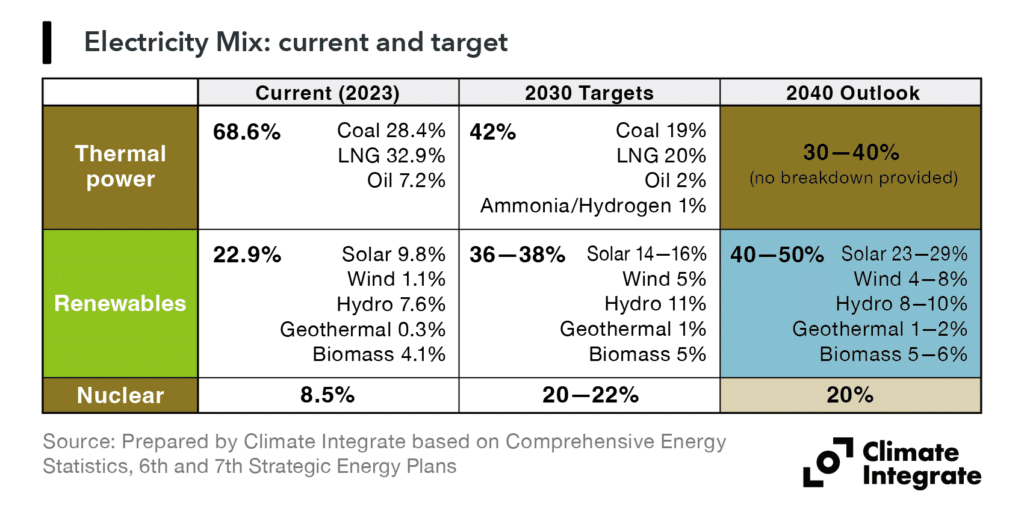
Against this backdrop, Japan’s Seventh Strategic Energy Plan lays out targets for each energy source for 2040. Nuclear energy is set to account for around 20% of the total electricity generation, more than doubling its 2023 share (8.5%). This marks a sharp reversal from the previous Strategic Energy Plan (SEP) published in 2021, which insisted on reducing dependence on nuclear energy “as much as possible“.
Renewable Energy in Japan’s 7th Strategic Energy Plan
Renewable energy will account for between 40-50% of the overall 2040 electricity mix, compared to 22.9% in 2023. The seventh SEP disaggregates the 40-50% figure into 23-29% for solar, 4-8% for wind, 8-10% for hydroelectricity, 1-2% for geothermal and 5-6% for biomass.
While it aims to double renewable energy capacity, the 7th SEP also retains a large role for fossil fuels, often called “thermal power” in Japan. By 2040, it projects that fossil fuels will account for between 30-40% of total electricity generation. The government opted not to offer a breakdown among coal, oil and gas, but it does commit to achieving an annual carbon capture and storage capacity of between 6-12 million tonnes by 2030.
The seventh SEP also reiterates the hydrogen and ammonia targets that the government announced in 2023. By 2030, it envisions hydrogen demand to reach 3 million tonnes per year, ramping up to 12 million tonnes per year by 2040, and to 20 million tonnes per year by 2050. It also hopes to scale up ammonia demand to 300 million tonnes per year by 2030 and 3 billion tonnes per year by 2050 (in hydrogen-equivalent terms).
Stubbornly Timid on Clean Energy
Although the seventh SEP envisions renewable energy capacity to double by 2040, this falls far below Japan’s feasible renewable energy potential. As such, the plan is too timid in addressing power sector emissions.
A number of think tanks both inside and outside of Japan — such as the Institute for Global Environmental Strategies, WWF Japan and Climate Integrate — have offered rigorous analyses showing that with smart and targeted policies and investments, the vast majority of Japan’s electricity supply can come from renewable sources. Modelling by the Renewable Energy Institute (REI), for example, demonstrates that Japan can achieve 80% renewable energy by 2035 while keeping the cost of electricity the same as the level before Russia’s war with Ukraine spiked fossil fuel prices. Massive deployments of solar, wind and storage batteries, as well as power grid enhancements to accommodate the increased renewable capacity, will be key.
Despite ample evidence, Japanese policymakers have settled for a renewable energy target of between 40-50% for 2040.
‘Fantasy’ Targets in Japan’s Strategic Energy Plan (SEP) Risk Falling Back on Fossil Fuels
At the same time as lacking ambition on renewables, observers worry that the seventh SEP is overly optimistic, especially about nuclear — creating a “fantasy” scenario. This was pointed out by Takeo Kikkawa, president of the International University of Japan and a longtime participant in the Ministry of Economy, Trade and Industry (METI) committees tasked with formulating the Strategic Energy Plans. Kikkawa said during an October 2024 webinar hosted by REI: “The sixth energy plan was called ambitious. But the 7th SEP targets go beyond that into the realm of fantasy.”
Kimiko Hirata, executive director of Tokyo-based think tank Climate Integrate, said during a February webinar: “What seemed very unusual this time is that while there are still targets set for 2030, the discussion has leapt ahead to 2040.” She doubts Japan will meet its 2030 targets, let alone achieve even higher targets by 2040. “The pace of solar power adoption is slowing and wind power is not progressing according to plan. Likewise, the speed at which old coal-fired power plants are being phased out is anything but smooth.”
Kikkawa commented on the use of nuclear in particular: “To achieve even the sixth SEP’s 20–22% target, 27 reactors need to run. We have 12 now. Even if we add two per year, we will only have 24 reactors by 2030.” And restarting two reactors a year, he says, is unrealistic.
Hirata agrees. “They are saying that nuclear will account for 20% of the energy mix by 2040. However, those involved likely know this is difficult to achieve. Even under the most ambitious assumptions, nuclear energy may not even reach 10%.”
Historically, fossil fuels have made up the shortfall in nuclear. Indeed, METI itself modelled scenarios in December where, if nuclear and renewables underperform, fossil fuels would supply 45% of Japan’s electricity in 2040, leaving renewables at just 35%.
Reforms to the Policy-making Process for a Genuine Clean Energy Transition
Calls to reform Japan’s energy policy-making process are growing louder. Many experts warn that without structural shifts in how these targets are set — and who sets them — fossil fuels will remain Japan’s fallback option.
Kikkawa points to METI’s Strategic Policy Committee, the 24-member body that steers the SEP, as “heavily skewed” toward participants who hold pro-nuclear perspectives. He also highlighted a disturbing trend of what he termed a “witch hunt” against independent research groups. The Task Force for Comprehensive Review of Laws and Regulations for Renewable Energy under the Cabinet Office and the Research Project on Renewable Energy Economics at Kyoto University both came under intense political pressure and were ultimately shut down in 2024.
For Kikkawa, “METI committees’ membership composition must be changed immediately,” and future policy debates must include diverse voices from outside government circles. With more transparency and broader participation, Japan could focus on meaningful regulatory and market reforms to enable genuinely ambitious renewable energy adoption — rather than relying on a nuclear renaissance that might never materialise.
Without these changes, Japan risks chasing illusions — locked into an energy system predominantly reliant on fossil fuels and nuclear energy while hoping that currently nascent technology will mitigate carbon emissions in the future. The real danger is that by the time policymakers acknowledge these “fantasy” scenarios will not play out, the default fallback will be a further entrenchment of fossil fuels.
by Walter James
Walter James is the principal consultant at Power Japan Consulting, which offers research, writing, and consulting services related to Japan's climate and energy policies. He also writes about these topics on his Power Japan Substack. He holds a Ph.D. in Political Science from Temple University and is a former research fellow at Waseda University in Tokyo, Japan.
Read more